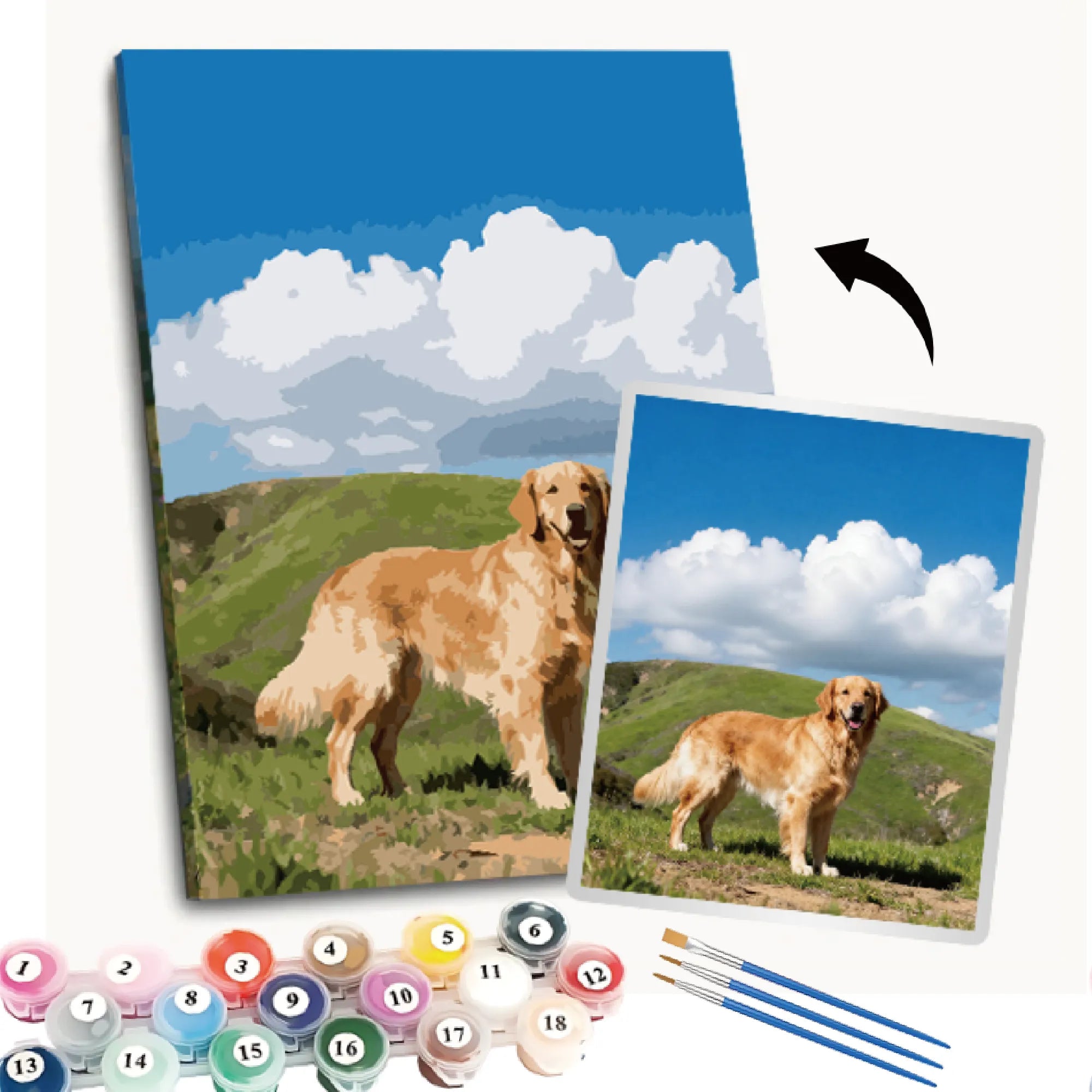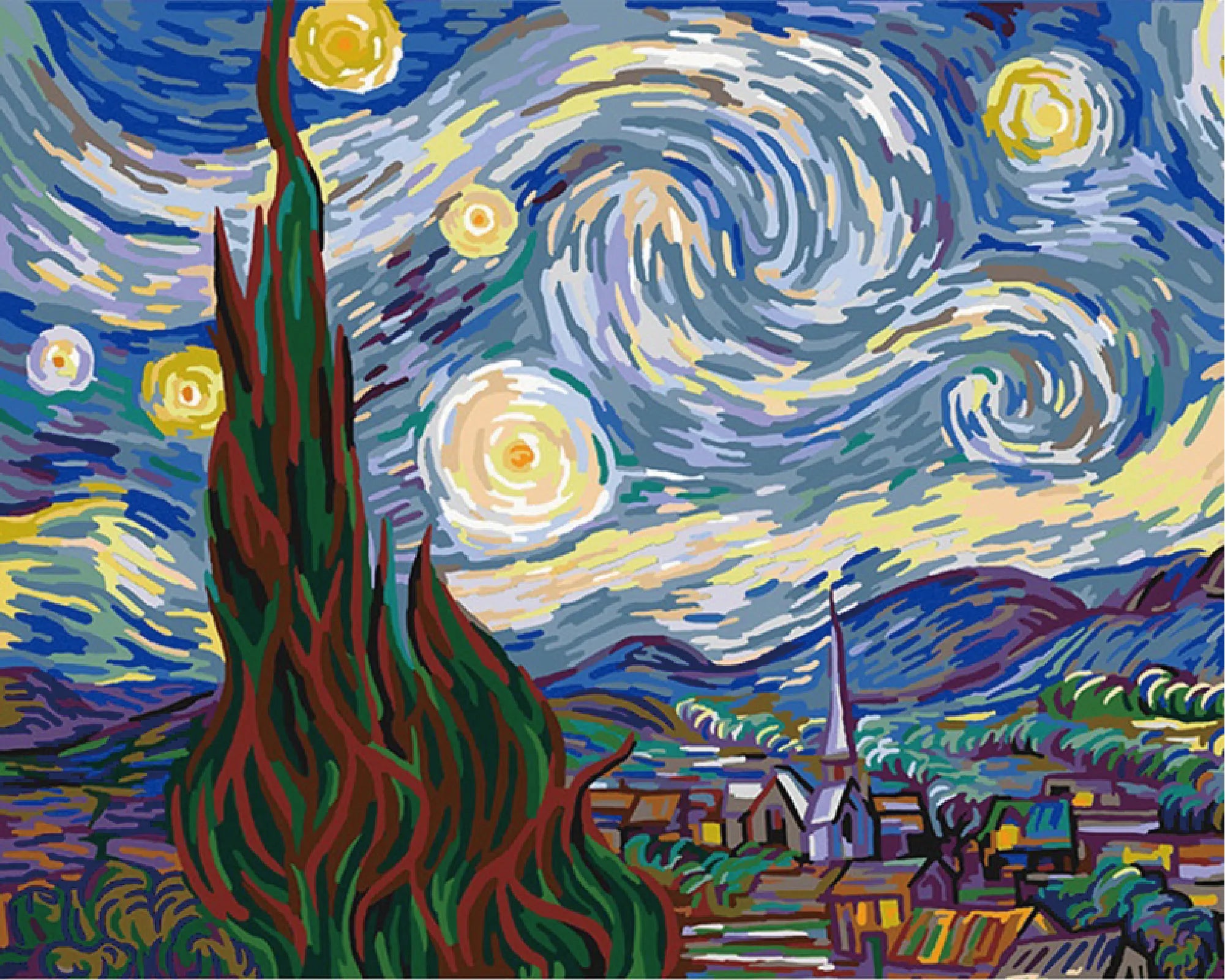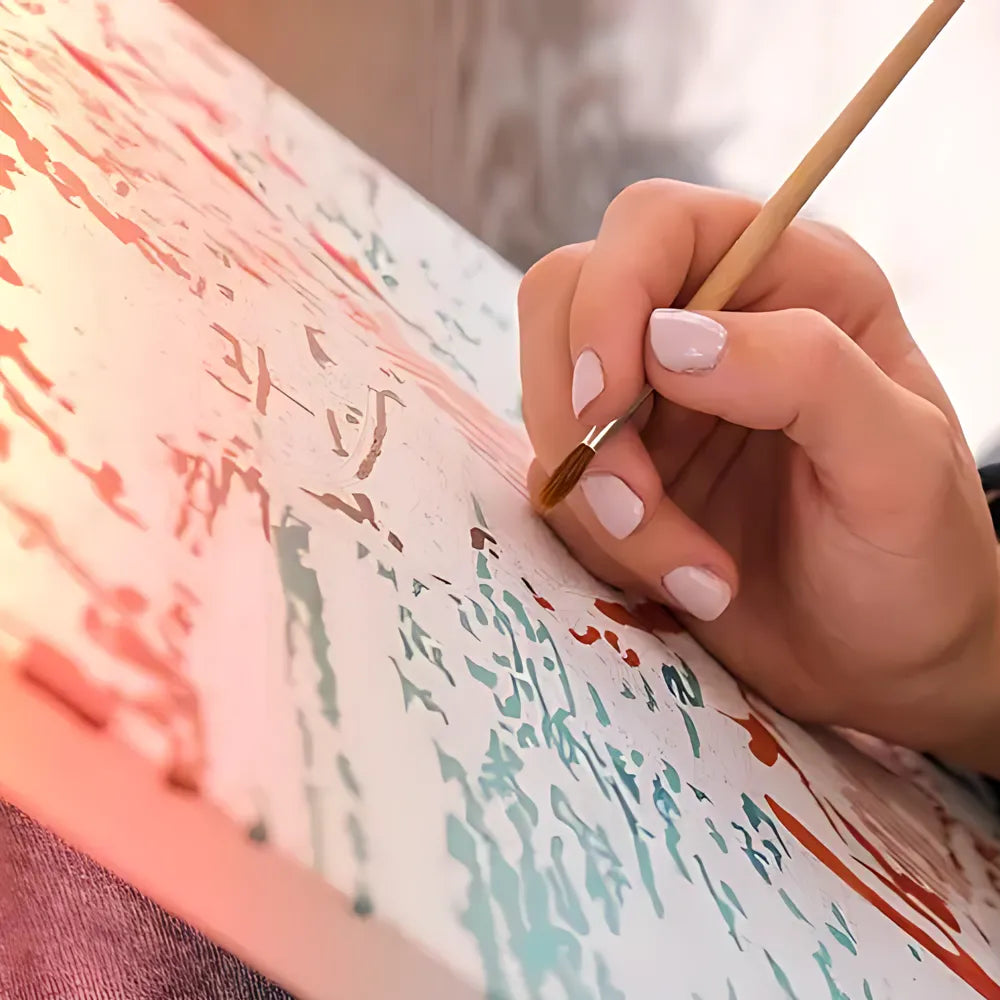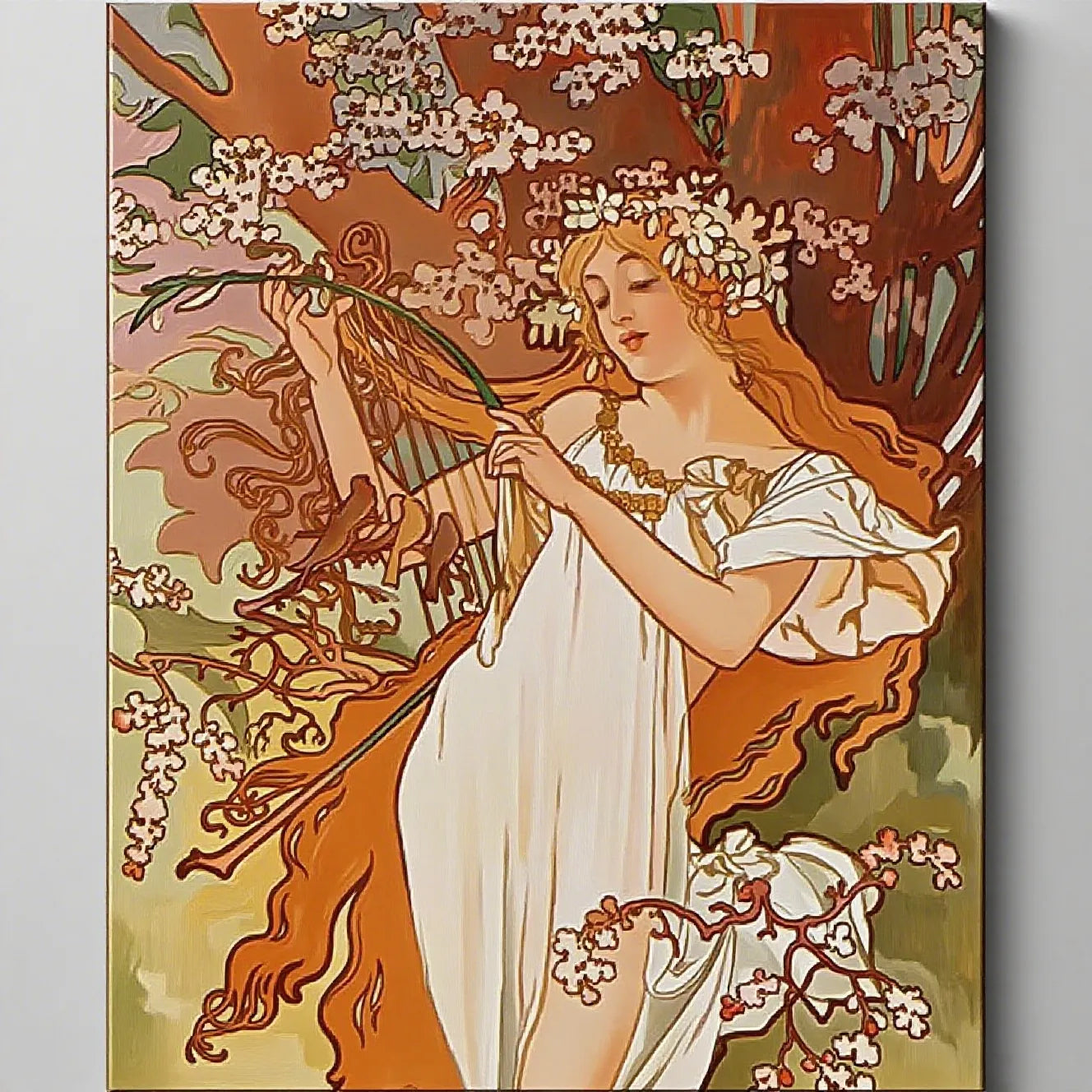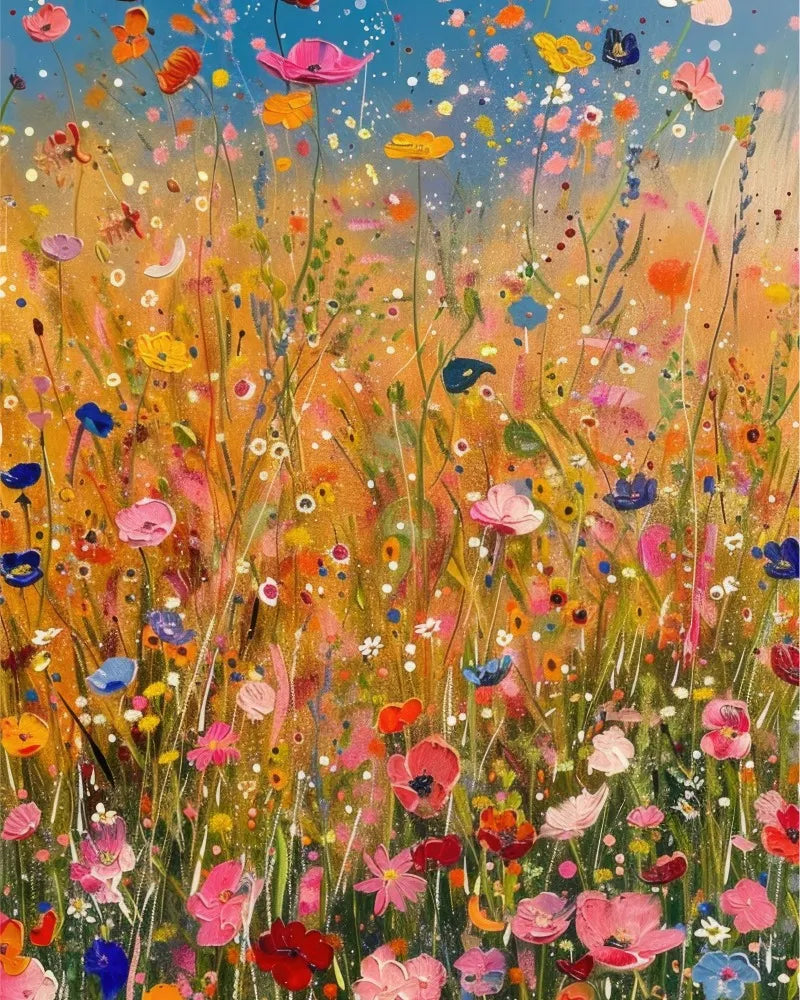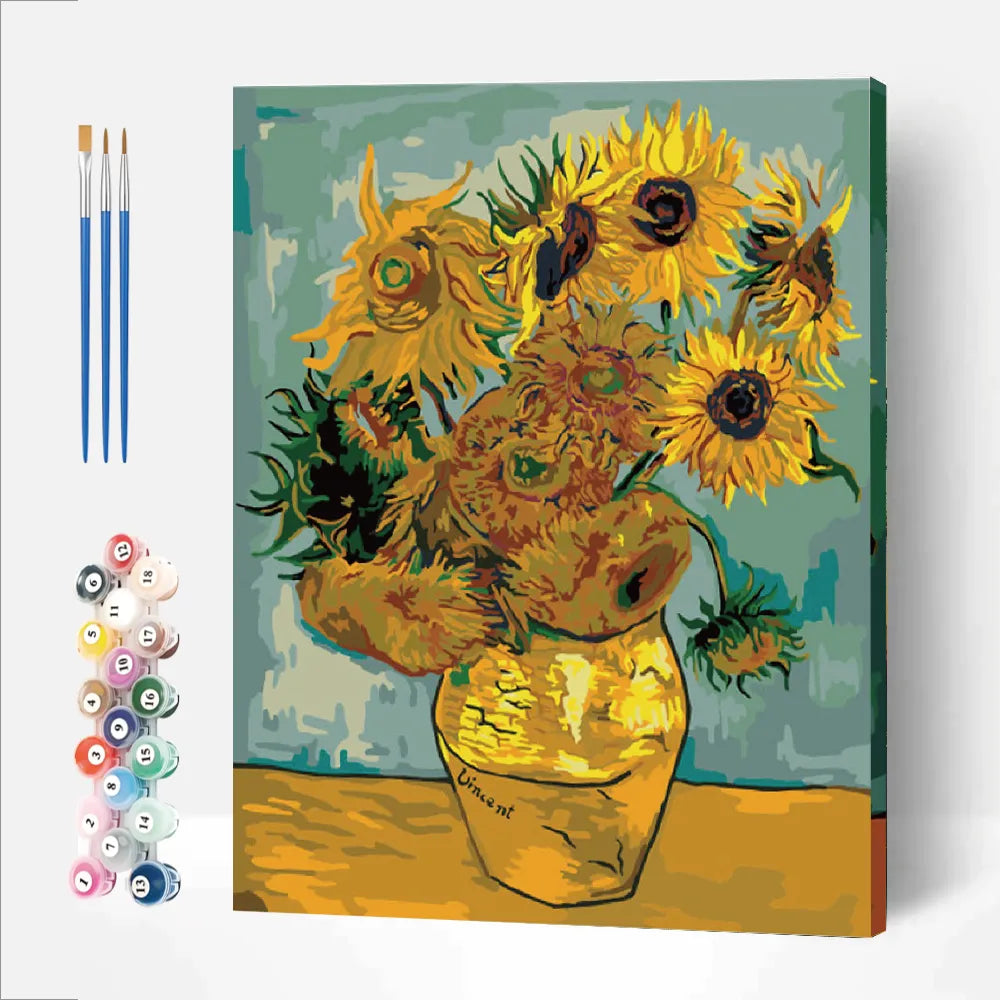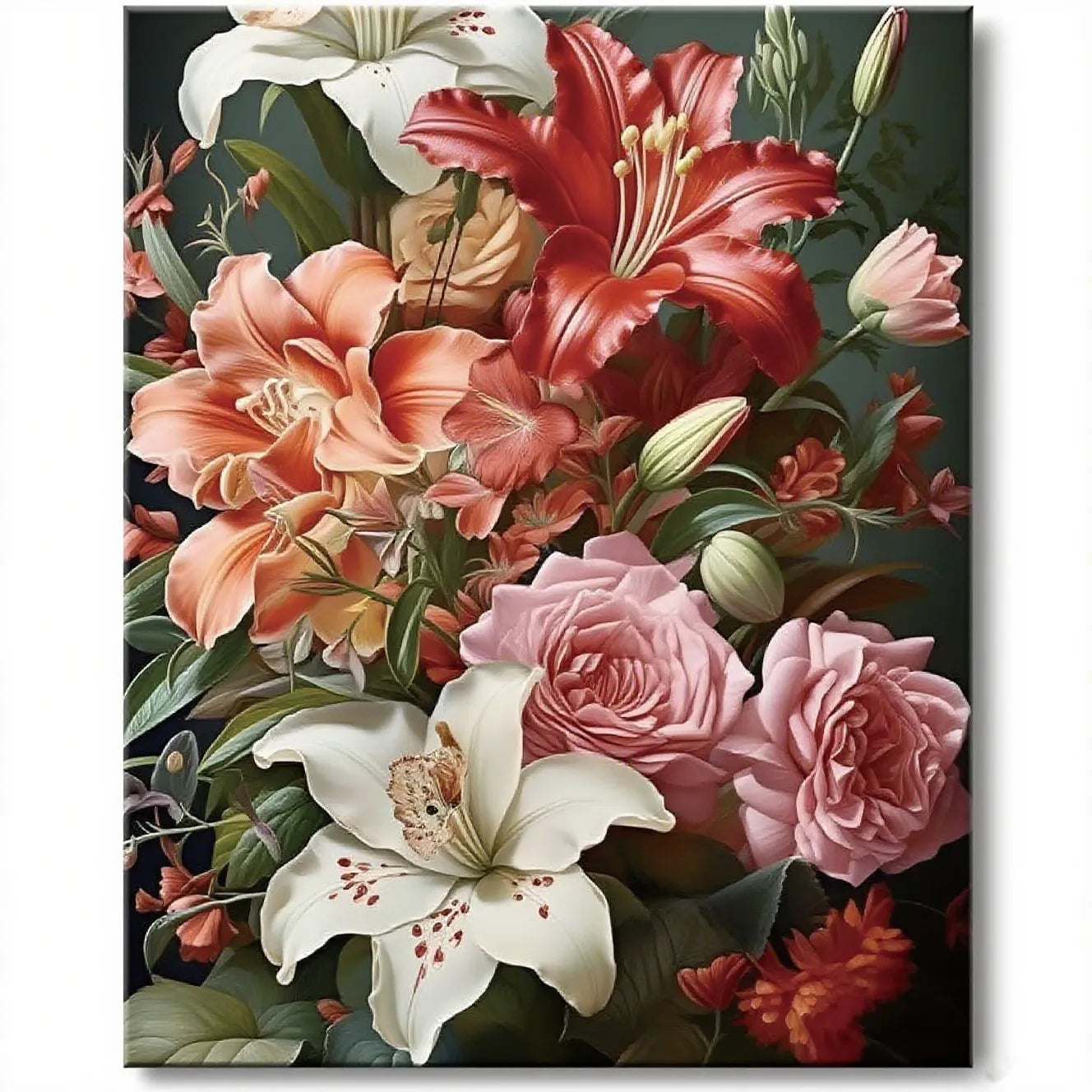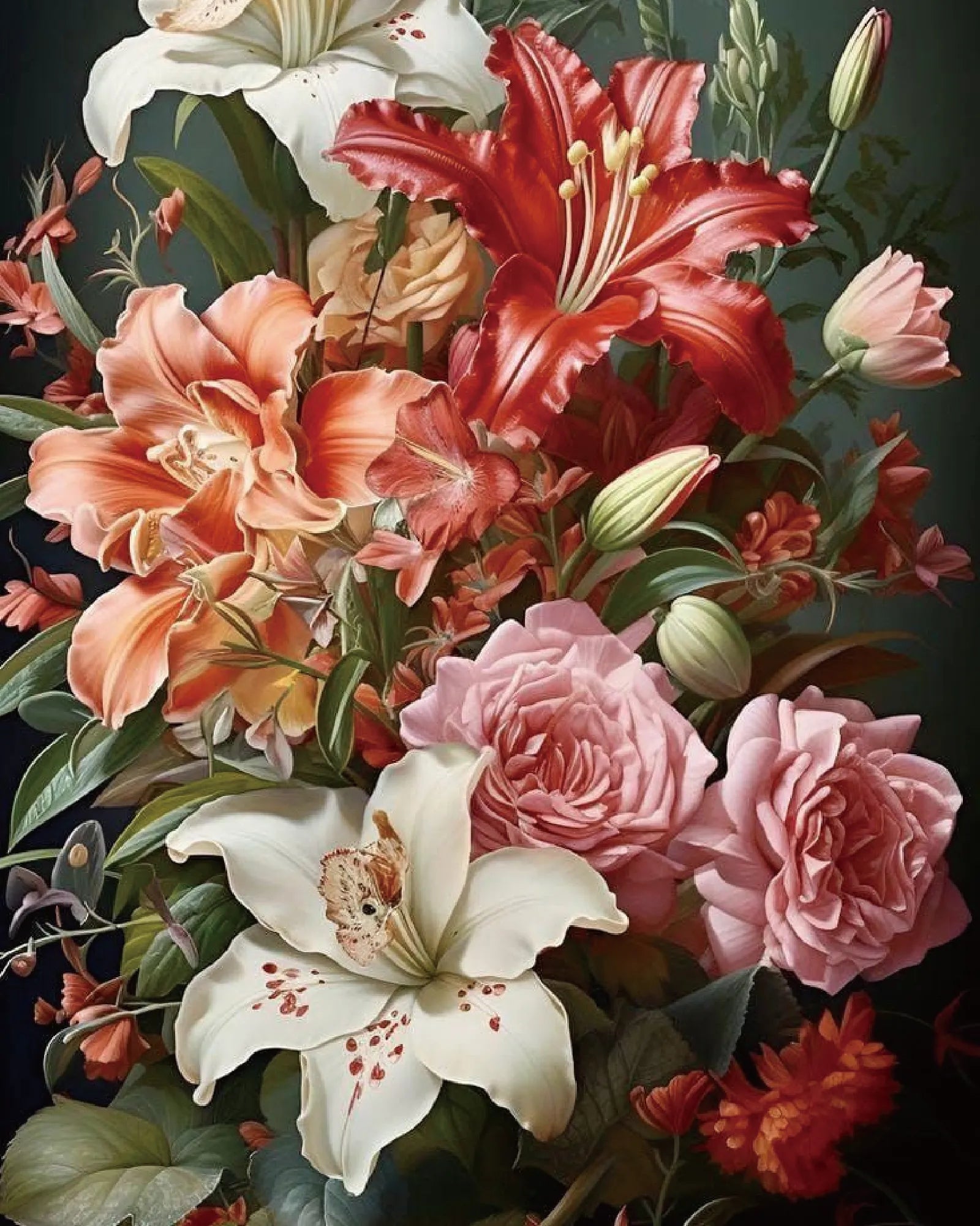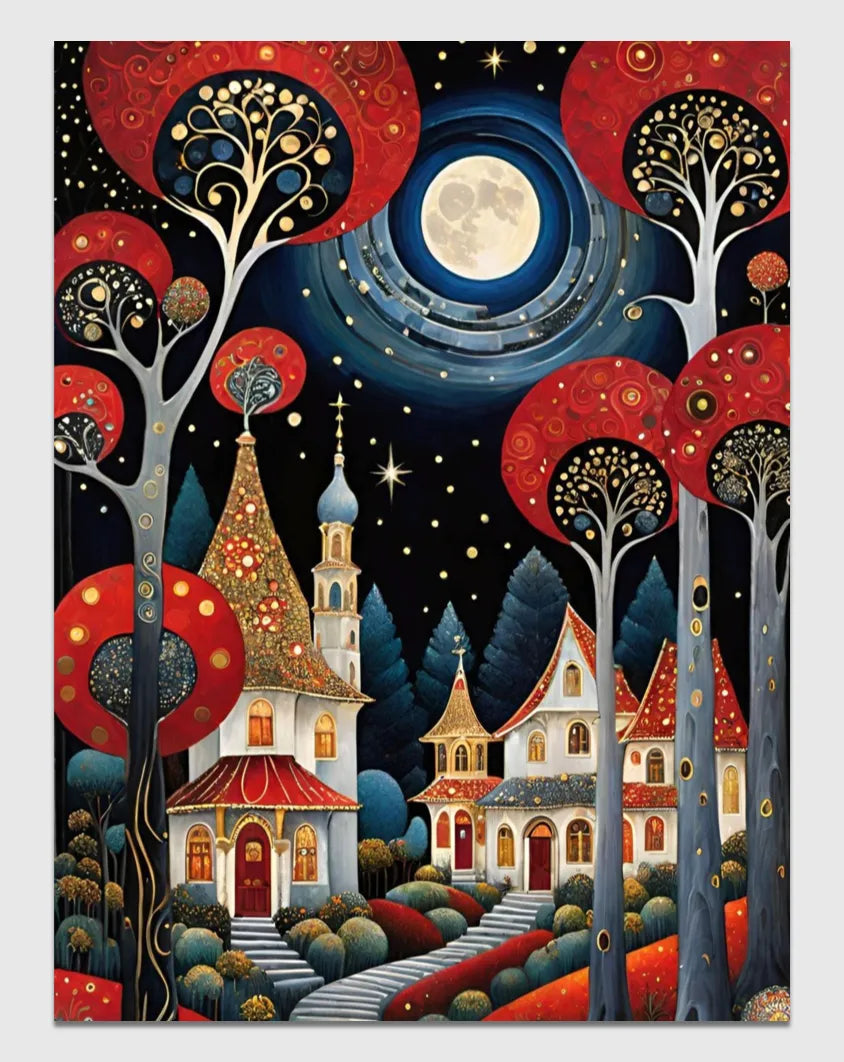Acrylic paint is one of the most versatile and beginner-friendly mediums out there. It’s vibrant, quick-drying, and adaptable, making it a favorite among hobbyists, students, and even professional artists. But when starting out, one question often arises, “How long does acrylic paint take to dry?” The answer might surprise you, as it depends on a variety of factors. This guide will explore how long acrylic paint typically takes to dry, what influences its drying time, and how you can adjust it for your needs. Whether you’re aiming for quick-drying layers or extended blending time, we’ve got you covered.
How Long Does It Take Acrylic Paint to Dry?
On average, most acrylic paints dry to the touch within 10 to 30 minutes. However, drying time can vary based on factors such as the brand, thickness of application, and environmental conditions. Here's a general breakdown for different situations:
- Thin layers on canvas or paper: 10 to 20 minutes to dry.
- Thicker paint or texture paste: 1 hour or more to dry to the touch.
- Complete curing (fully dry below the surface): 24 to 48 hours for most standard acrylic paints.
While acrylic paint is loved for its speed, knowing how long it takes to dry in specific conditions is essential, especially if you're layering paint or working on details.
Factors Affecting Acrylic Paint Drying Time
Acrylic paints don’t dry at the same pace in every environment. These key factors can significantly influence drying time:
1. Humidity
The higher the humidity, the longer paint will take to dry. Acrylic paint relies on the evaporation of water to set, which slows down in damp conditions. Conversely, low humidity speeds up drying.
- Tip: Use a dehumidifier or paint in an air-conditioned space during humid weather for quicker drying.
2. Temperature
Warm environments speed up the evaporation process, leading to faster drying times. Cold rooms will slow drying considerably.
- Ideal Temperature: Around 65–75°F (18–24°C) for balanced drying and workability.
3. Paint Thickness
The more paint you apply in a single layer, the longer it takes to dry. Heavy applications or mixed media (e.g., gels, pastes) can extend drying time significantly.
- Tip: If you're in a rush, layer thin coats instead of applying thick layers all at once.
4. Surface Type
Surfaces like canvas or watercolor paper absorb paint differently. Porous materials can draw moisture out of the paint, speeding up drying, while smoother, non-porous surfaces (like glass or metal) slow it down.
- Tip: Use gesso to prepare surfaces for even drying and better adhesion.
How to Speed Up Acrylic Paint Drying Time
Looking to quicken the pace? Here are some practical tips for faster drying:
- Use a Hair Dryer
Set it to low or medium heat and keep it at least 6–8 inches away from the surface. Focus on sections that feel tacky but not wet.
- Increase Airflow
Set up a fan, or open windows to circulate air while you’re working.
- Work in Thin Layers
Apply multiple thin coats rather than one thick layer. Each coat dries faster and evenly.
- Use Fast-Drying Acrylic Paint
Some brands, like Liquitex or Winsor & Newton, offer fast-drying acrylic formulas. Check the product labels for quick-dry features. These tricks can help when you’re on a tight schedule or working on time-sensitive projects!
How to Slow Down Acrylic Paint Drying Time
Sometimes, you’ll want the opposite effect. Slowing down drying time allows more versatility for blending, creating gradients, or achieving more intricate textures. Here’s how you can do it:
- Use a Retarder Medium
Retarders increase open time for acrylic paint, giving you up to 10–20 extra minutes to blend and perfect your strokes.
- Keep a Spray Bottle Handy
Lightly mist your palette or painting surface with water to keep the paint workable longer.
- Humidity Can Help
Paint in a slightly more humid environment if possible—but not excessively, as this could cause uneven drying.
- Work on a Wet Palette
A wet palette helps maintain paint moisture, preventing it from drying out prematurely. This is especially useful for detailed work. With these strategies in hand, you can customize the drying time based on the needs of your painting.
Master Different Techniques by Understanding Drying Times
Acrylic painting can feel like a balancing act, especially if you’re navigating drying times for the first time. But by tailoring your environment and using the tools above, you'll master techniques like layering, blending, and glazing with ease.
Quick Recap
- General Drying Time: Most acrylic paint dries to the touch within 10–30 minutes.
- Factors: Humidity, temperature, paint thickness, and the surface all play a role.
- Speed It Up: Use a hairdryer, minimal humidity, or thinner layers.
- Slow It Down: Add a retarder medium, wet your palette, or adjust humidity.
Want to take your acrylic skills to the next level? Explore online tutorials, experiment with paints of different viscosities, or simply practice!
Brushes at the ready?
Share your painting adventures and tag us—we’d love to see what you create!



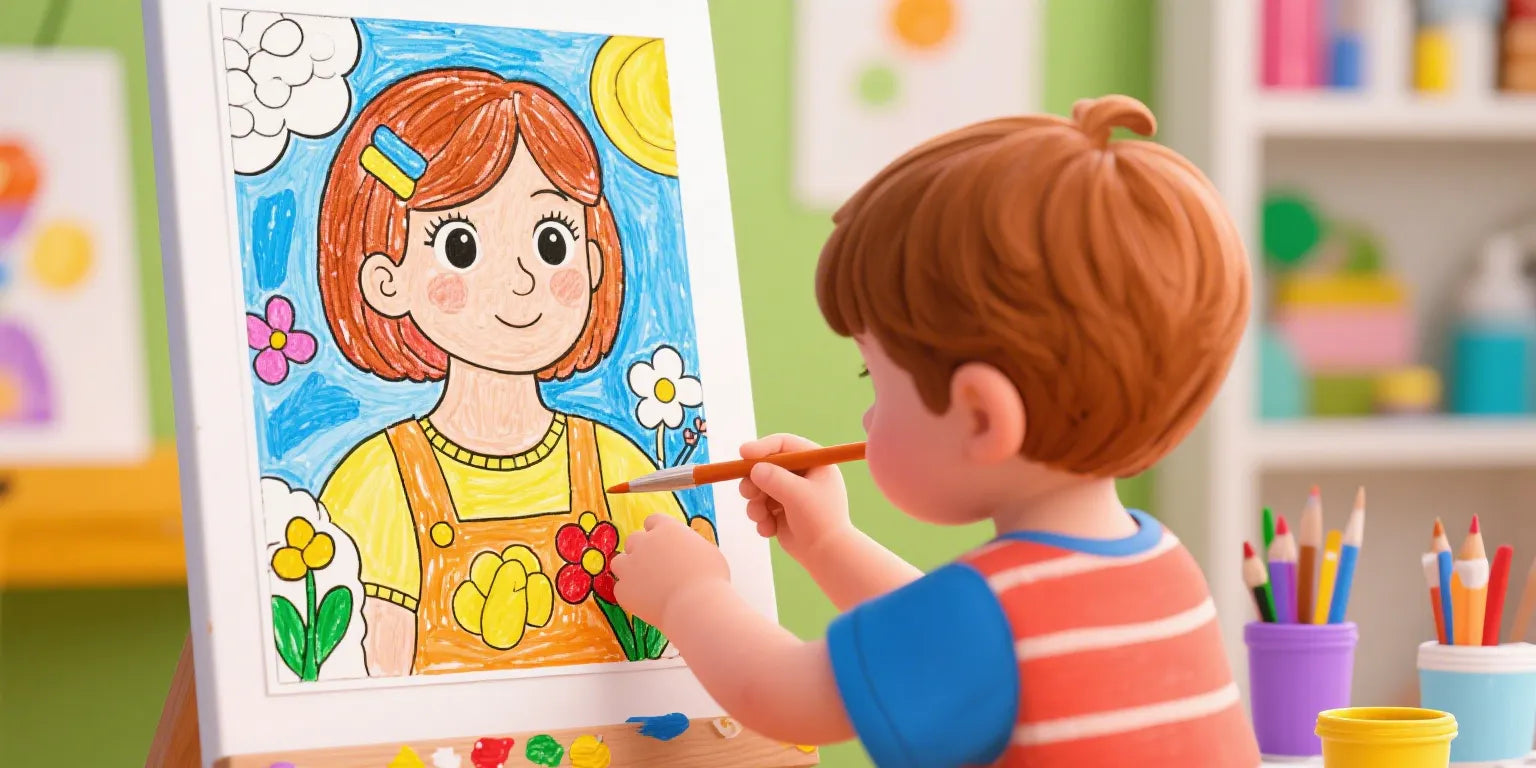
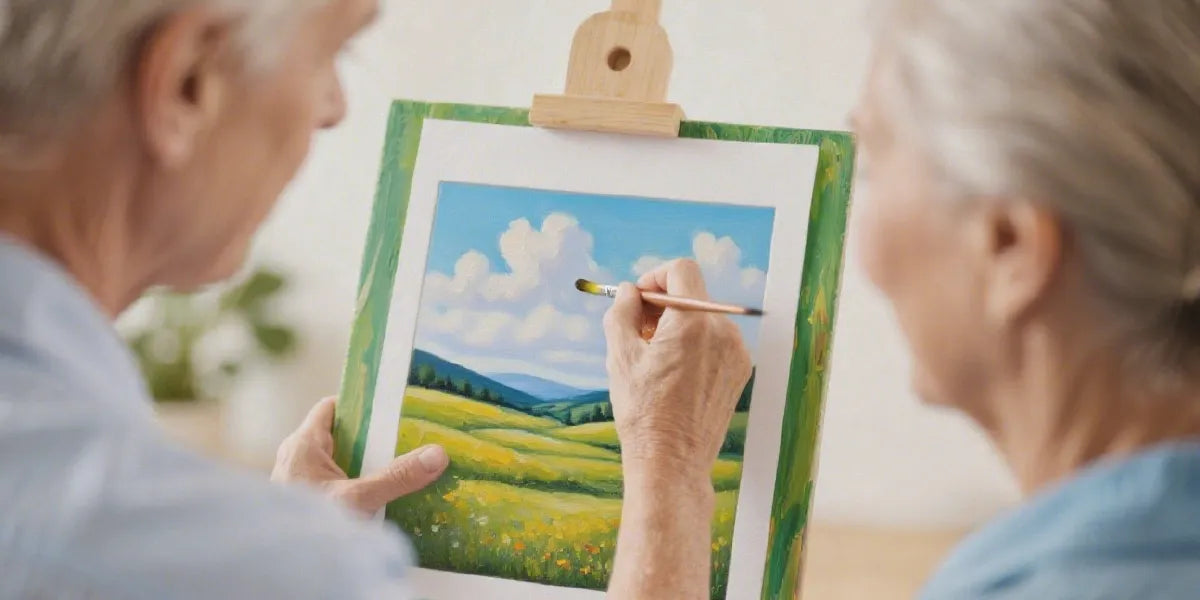
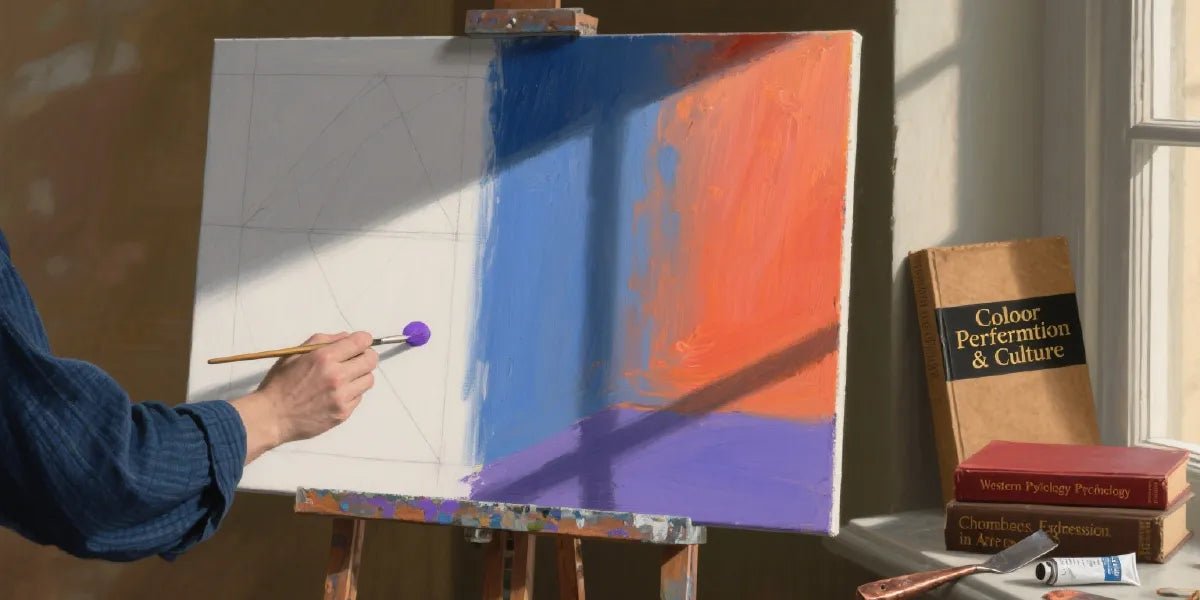
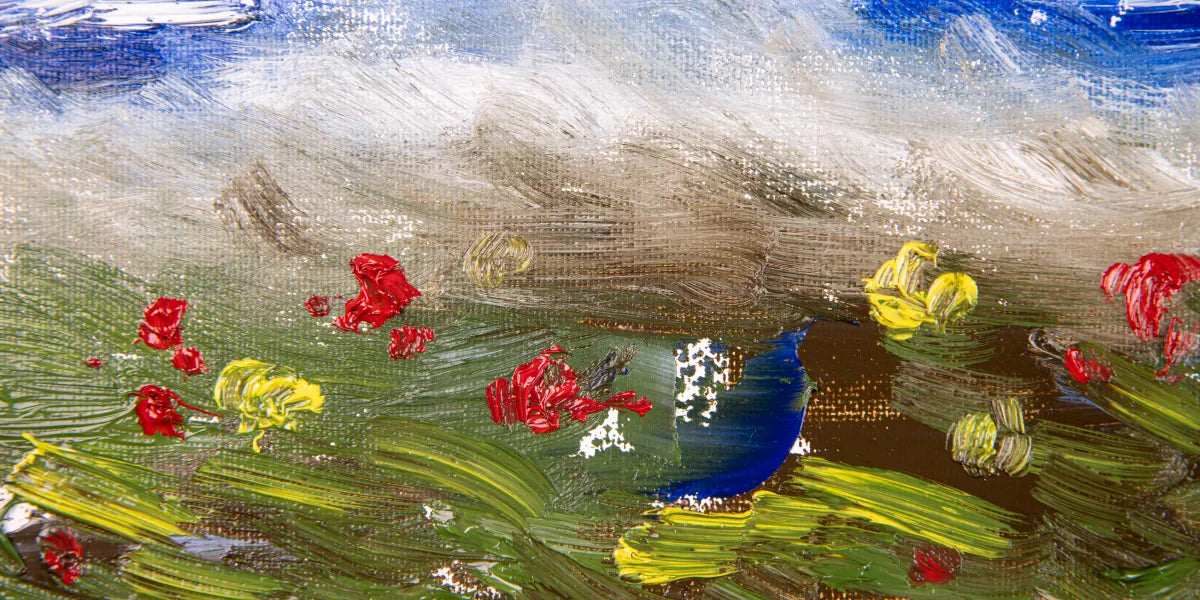
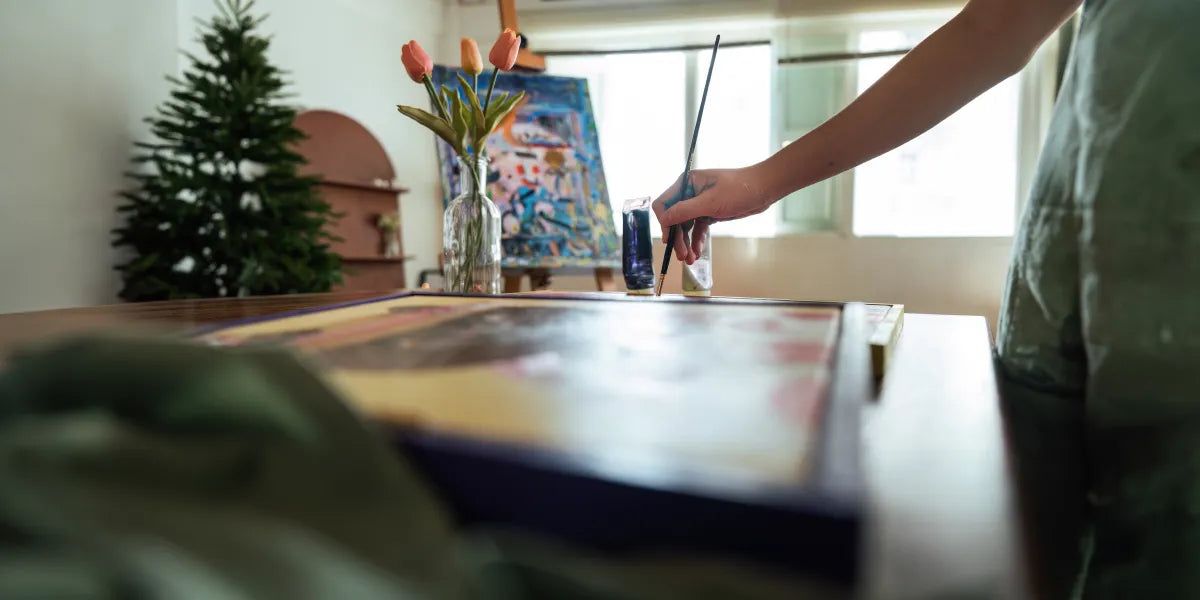
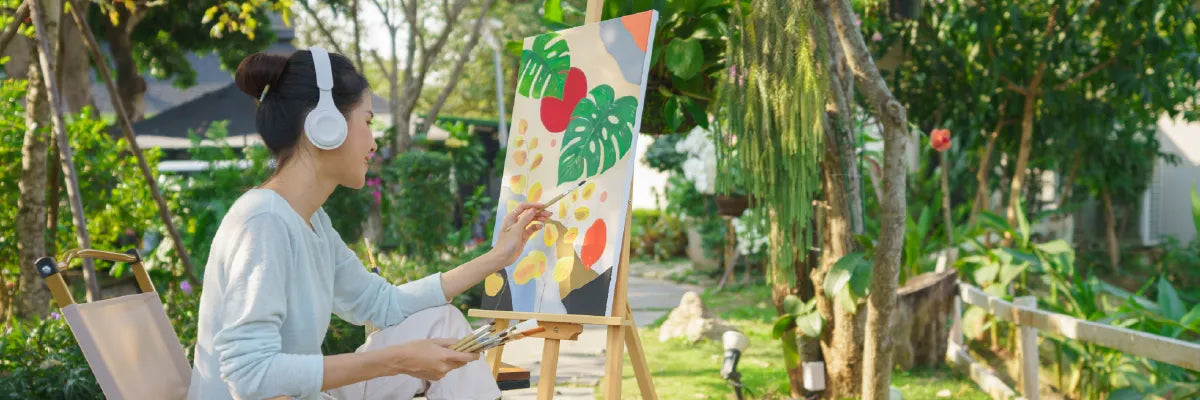
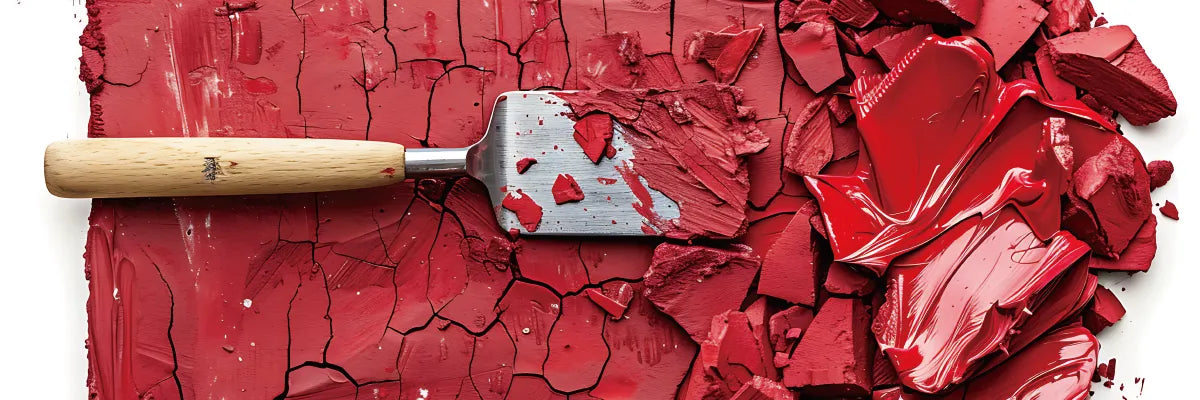
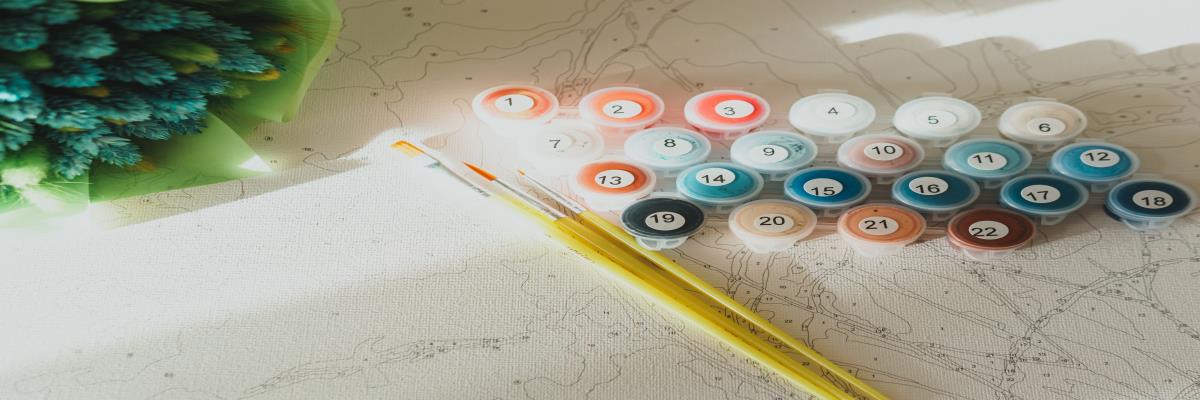

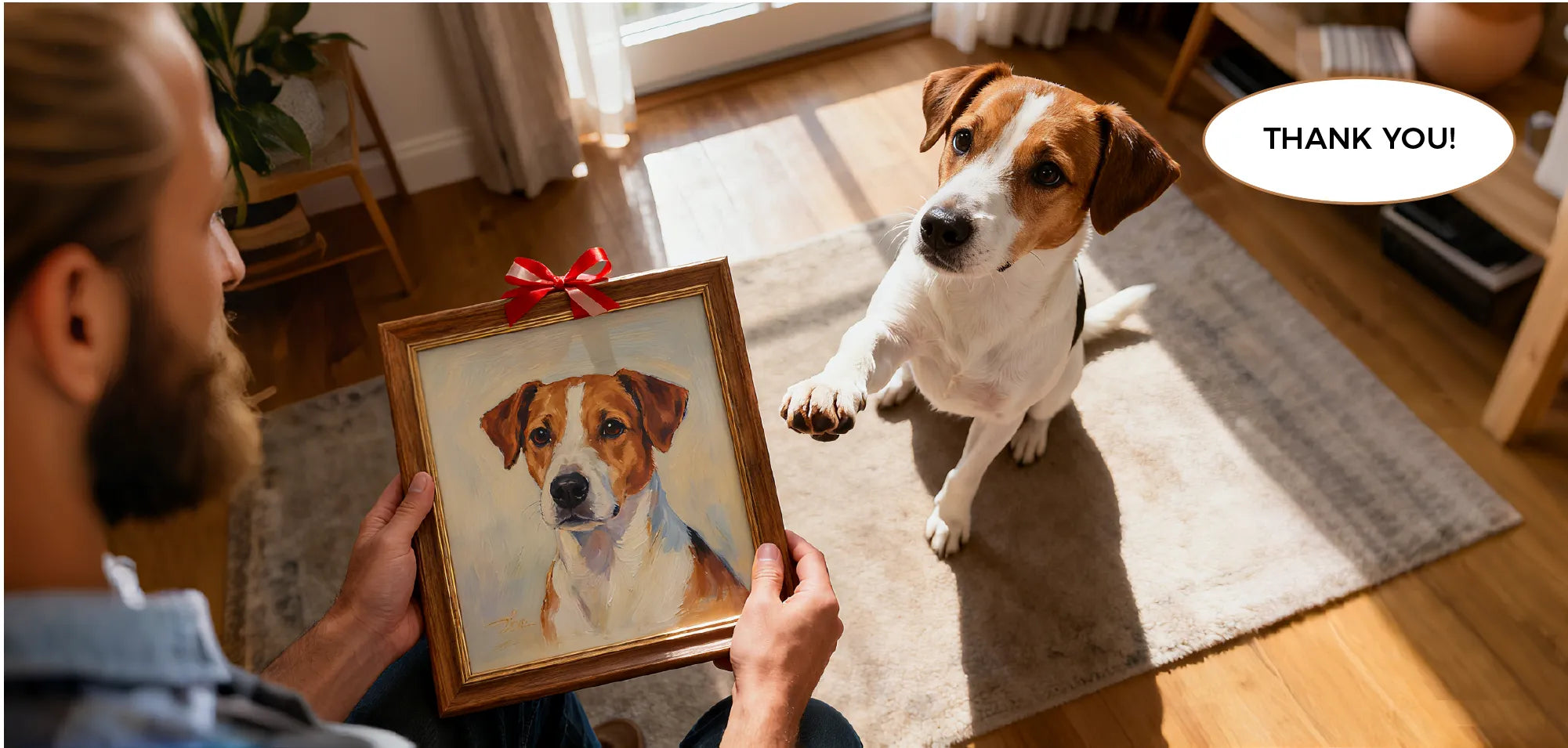
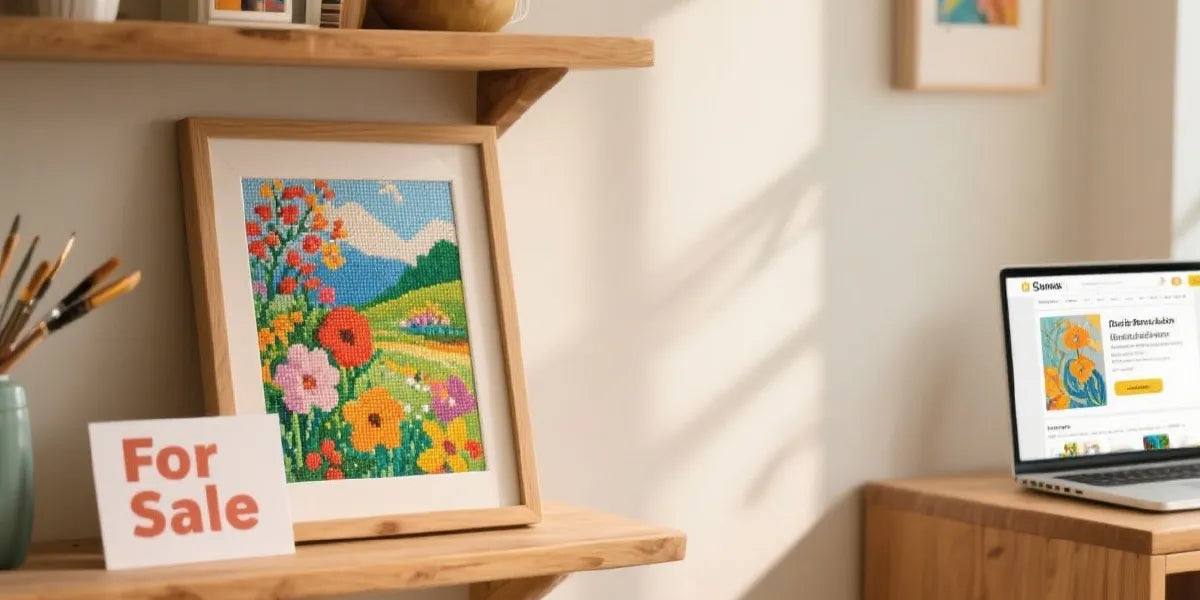
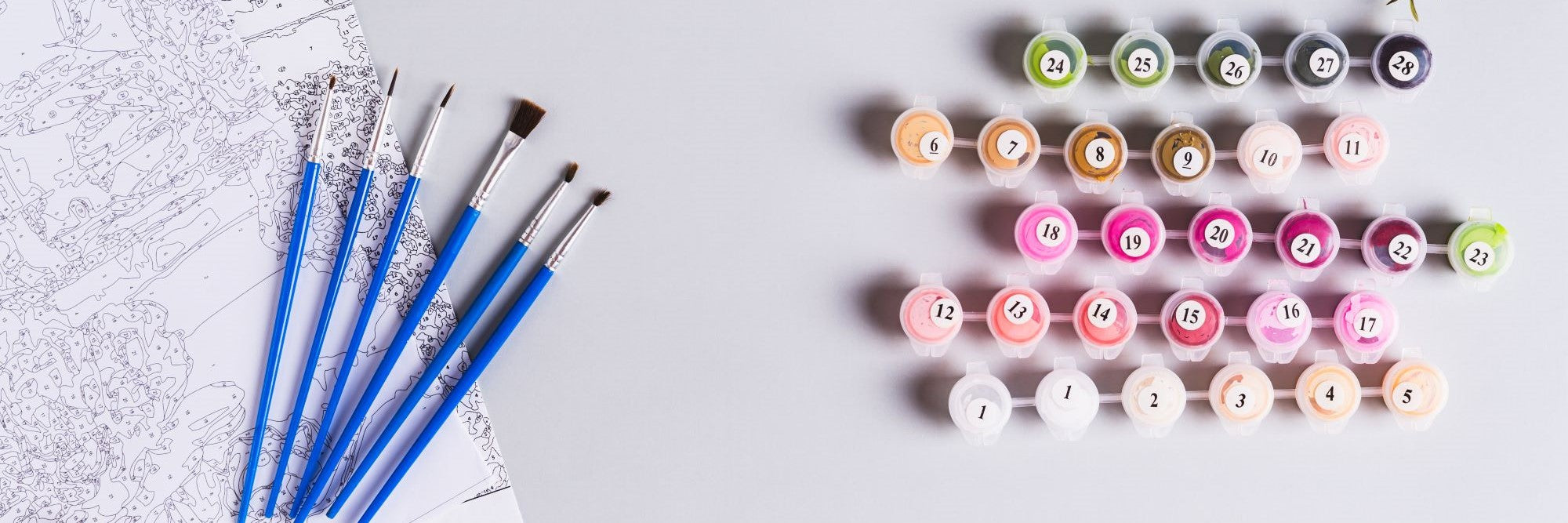

 https://1001canvas.com/blogs
https://1001canvas.com/blogs
